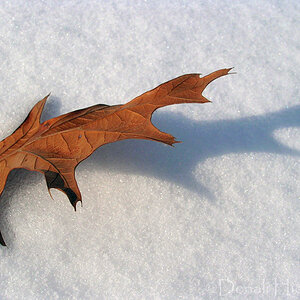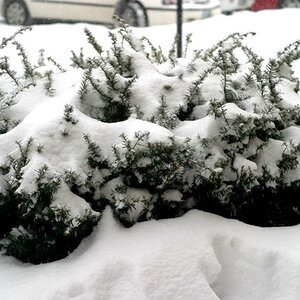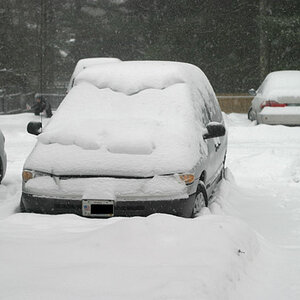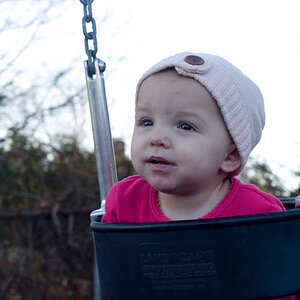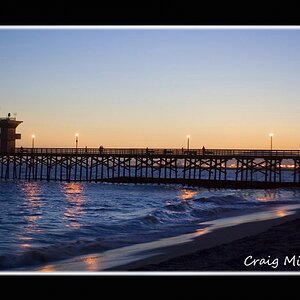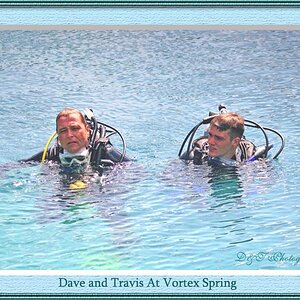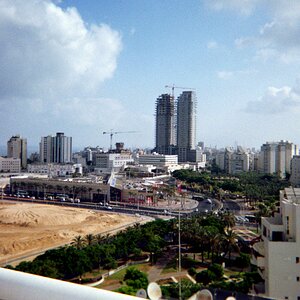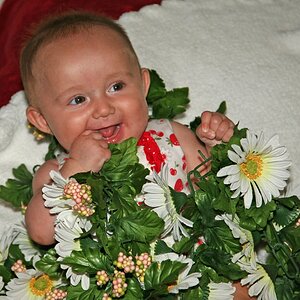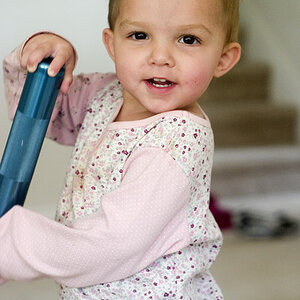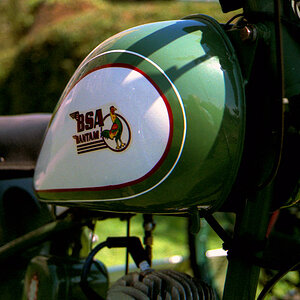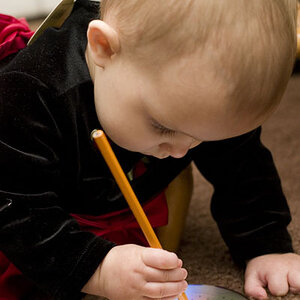Alex_B
No longer a newbie, moving up!
- Joined
- Aug 30, 2006
- Messages
- 14,491
- Reaction score
- 206
- Location
- Europe 67.51°N
- Can others edit my Photos
- Photos NOT OK to edit
bryan peterson would never use a histogram, "never".
troy
why? for ethical reasons? no! He probably just would not use it because he does not need to use it, and did not grow up with it photographically.
A histogram is a tool, which is fairly new. It helps understanding and learning. So there is no reason not to use it if it helps in any way.


![[No title]](/data/xfmg/thumbnail/42/42462-2adb6efc01a19638fca25cd3000f5575.jpg?1619740192)
